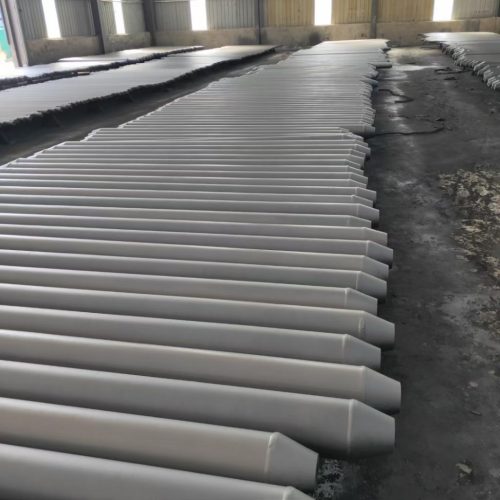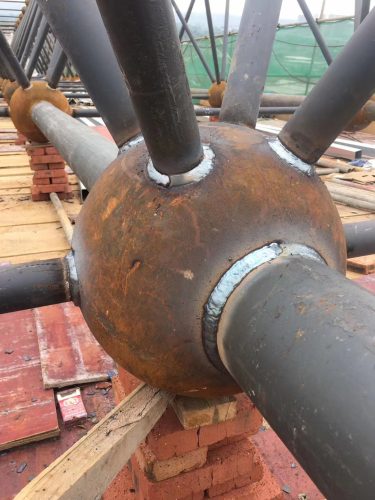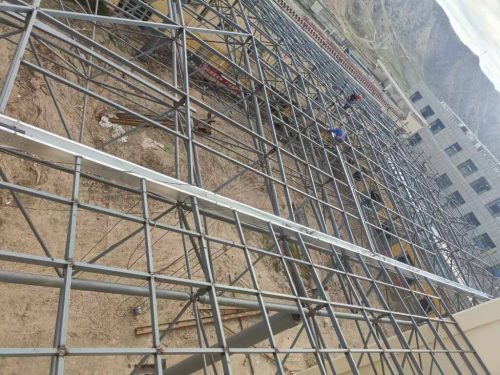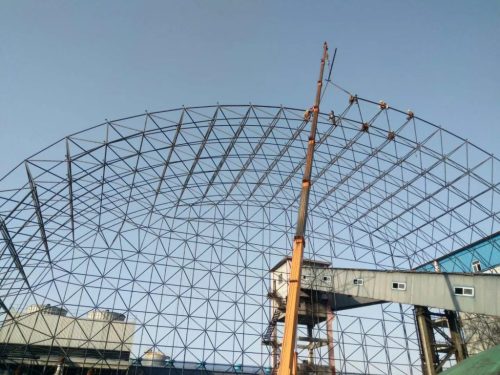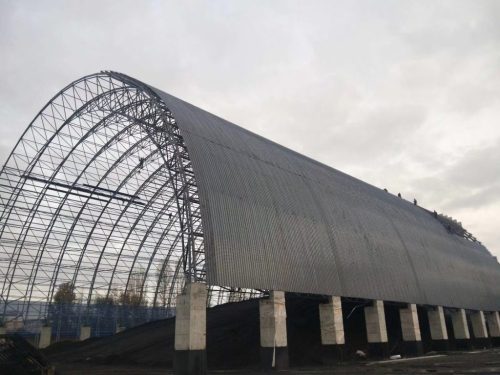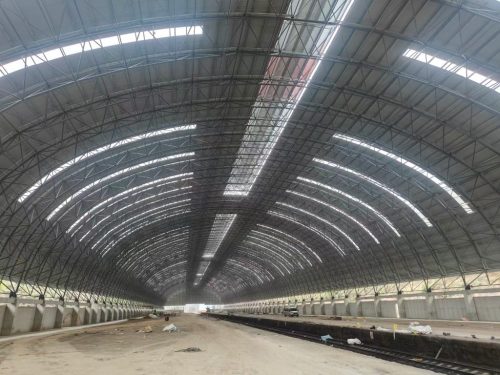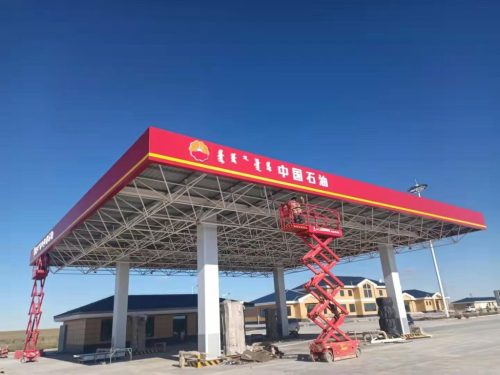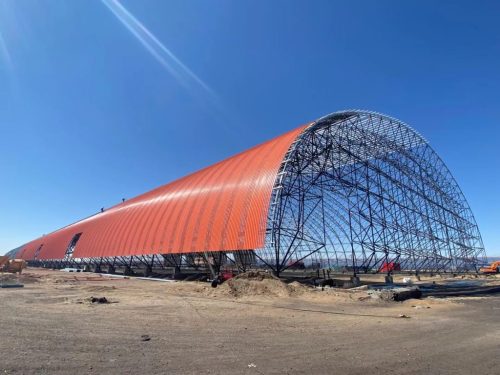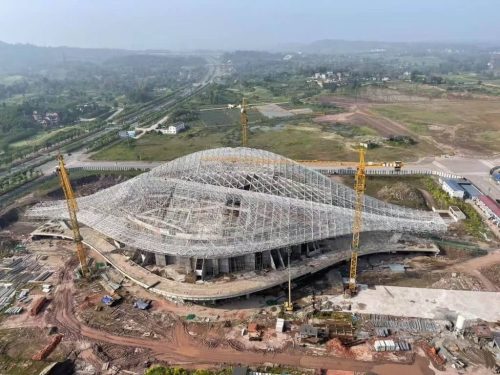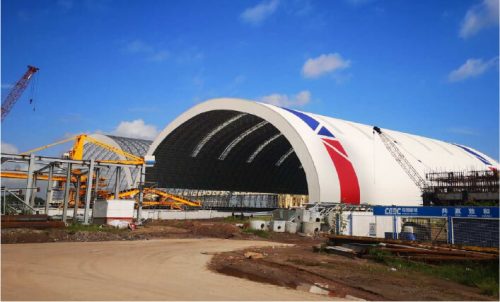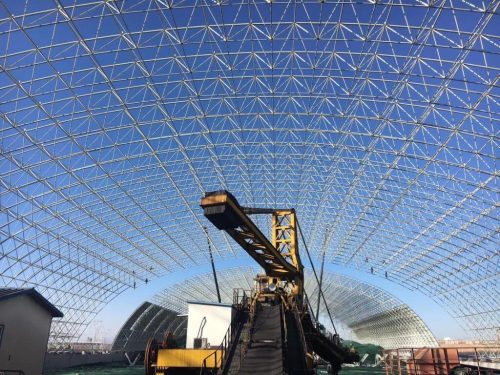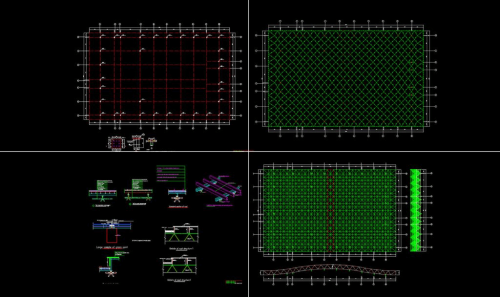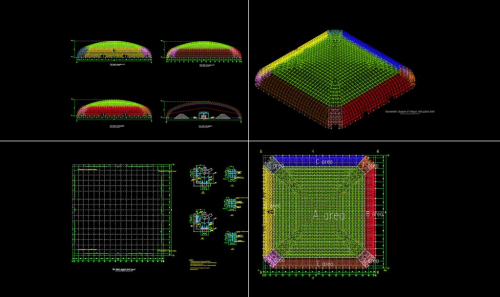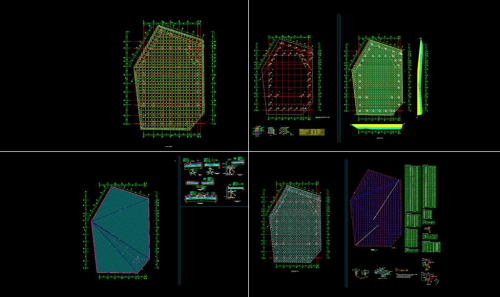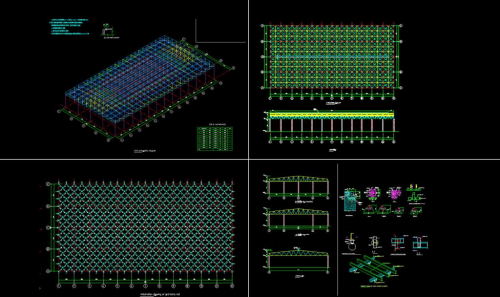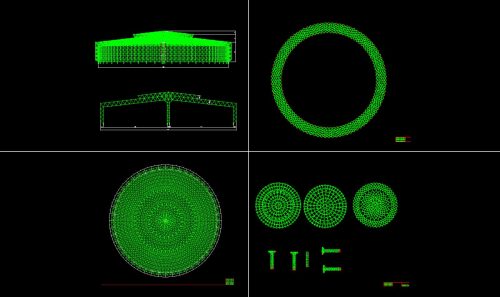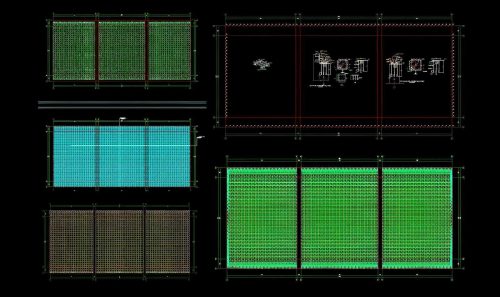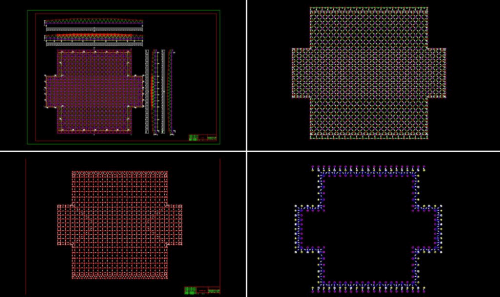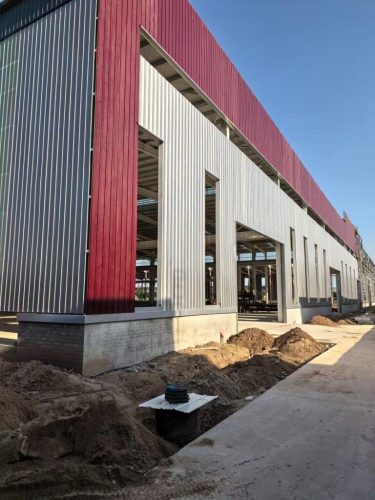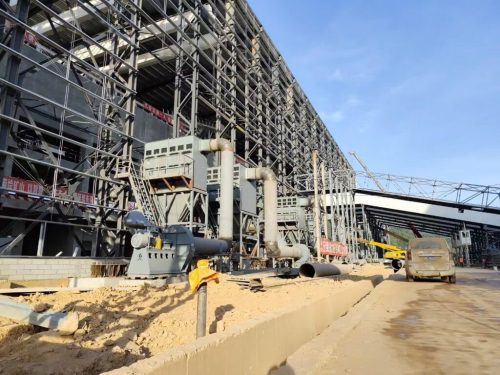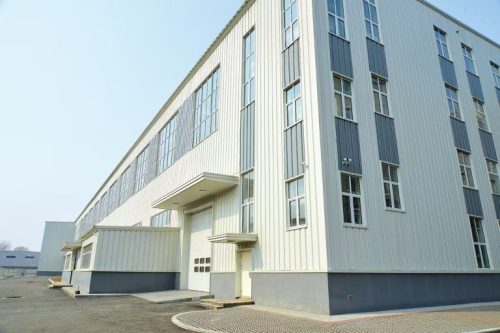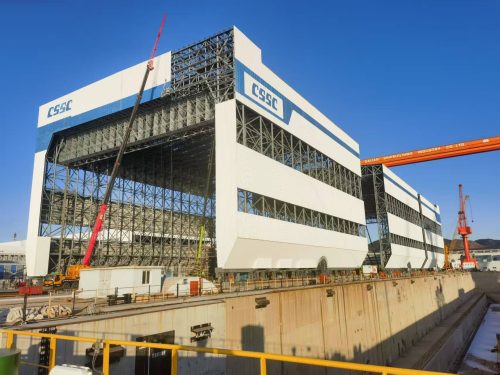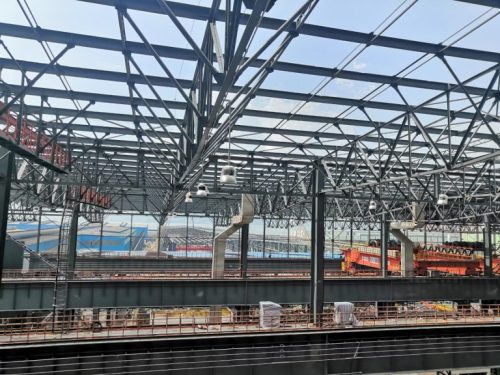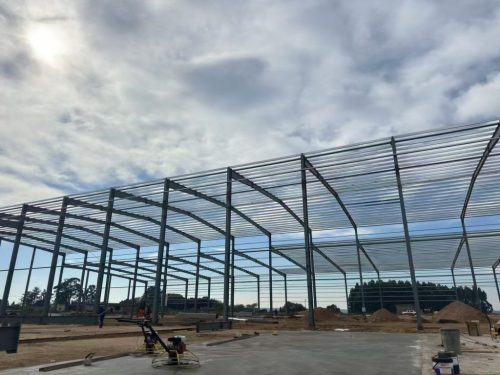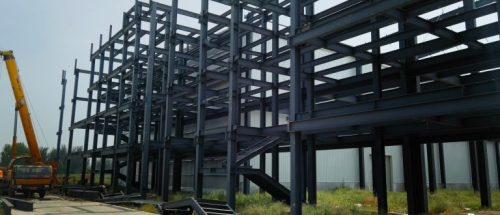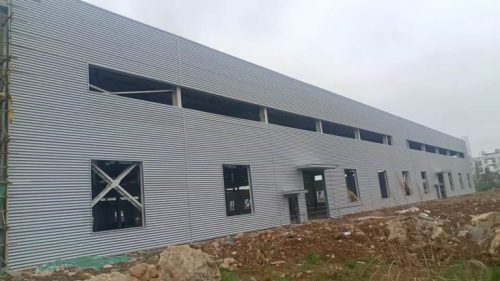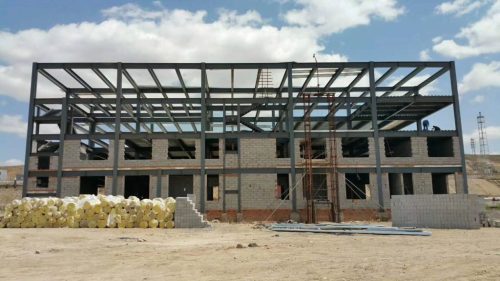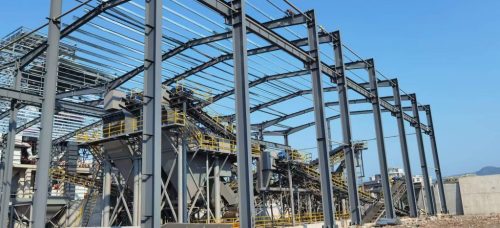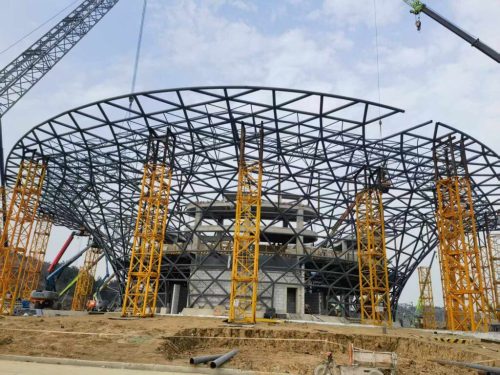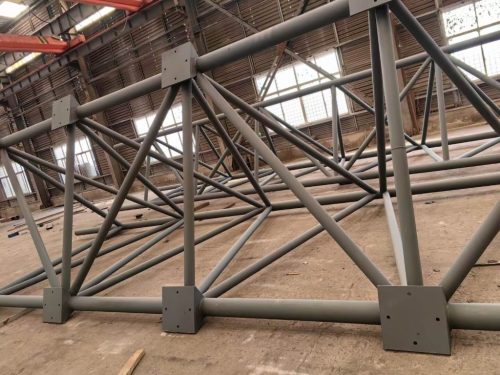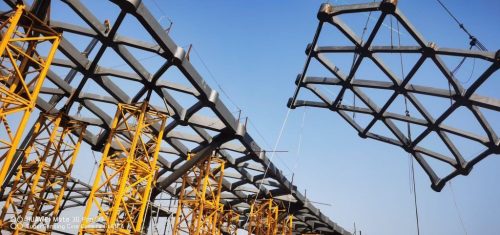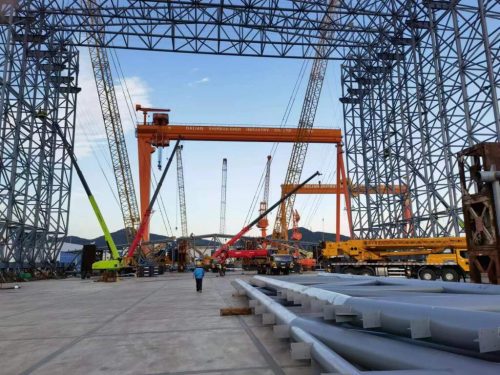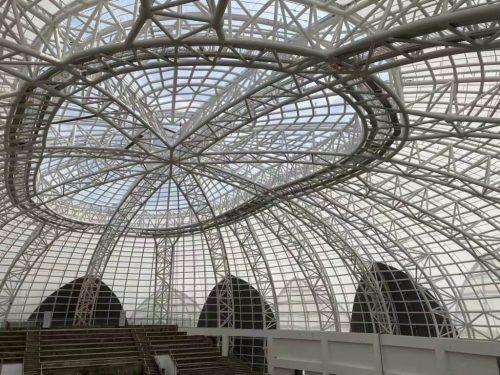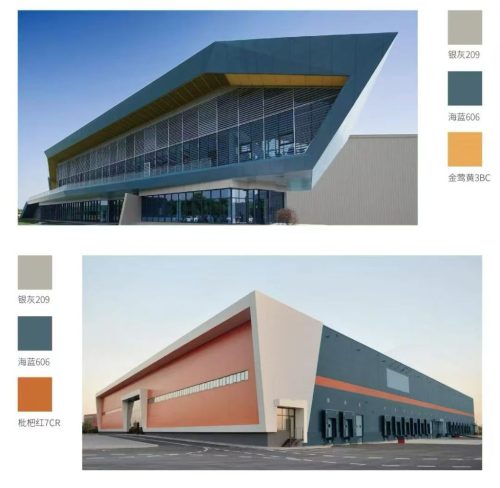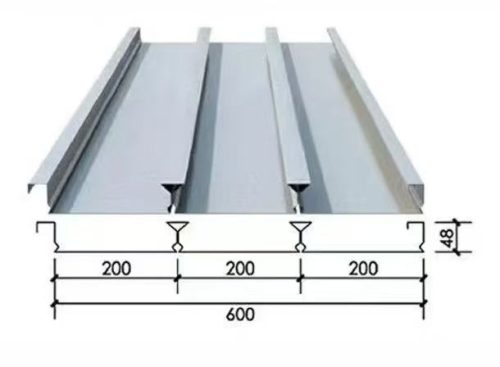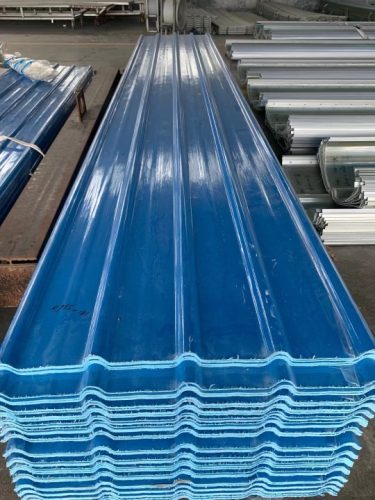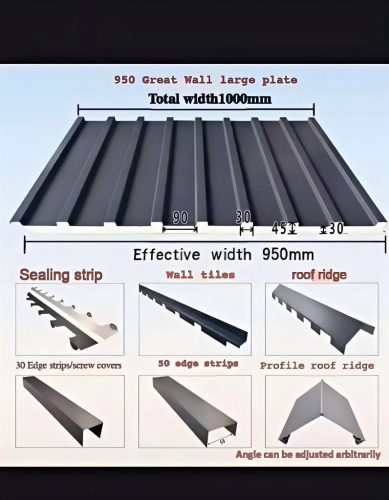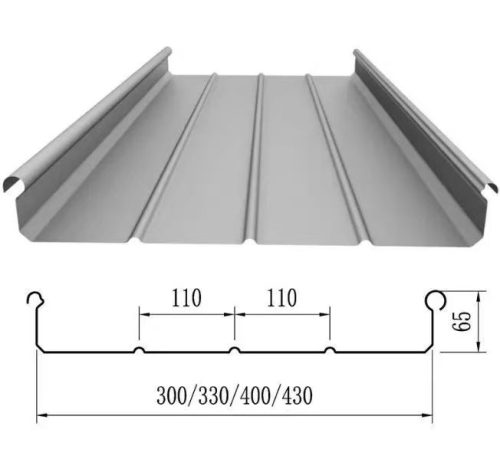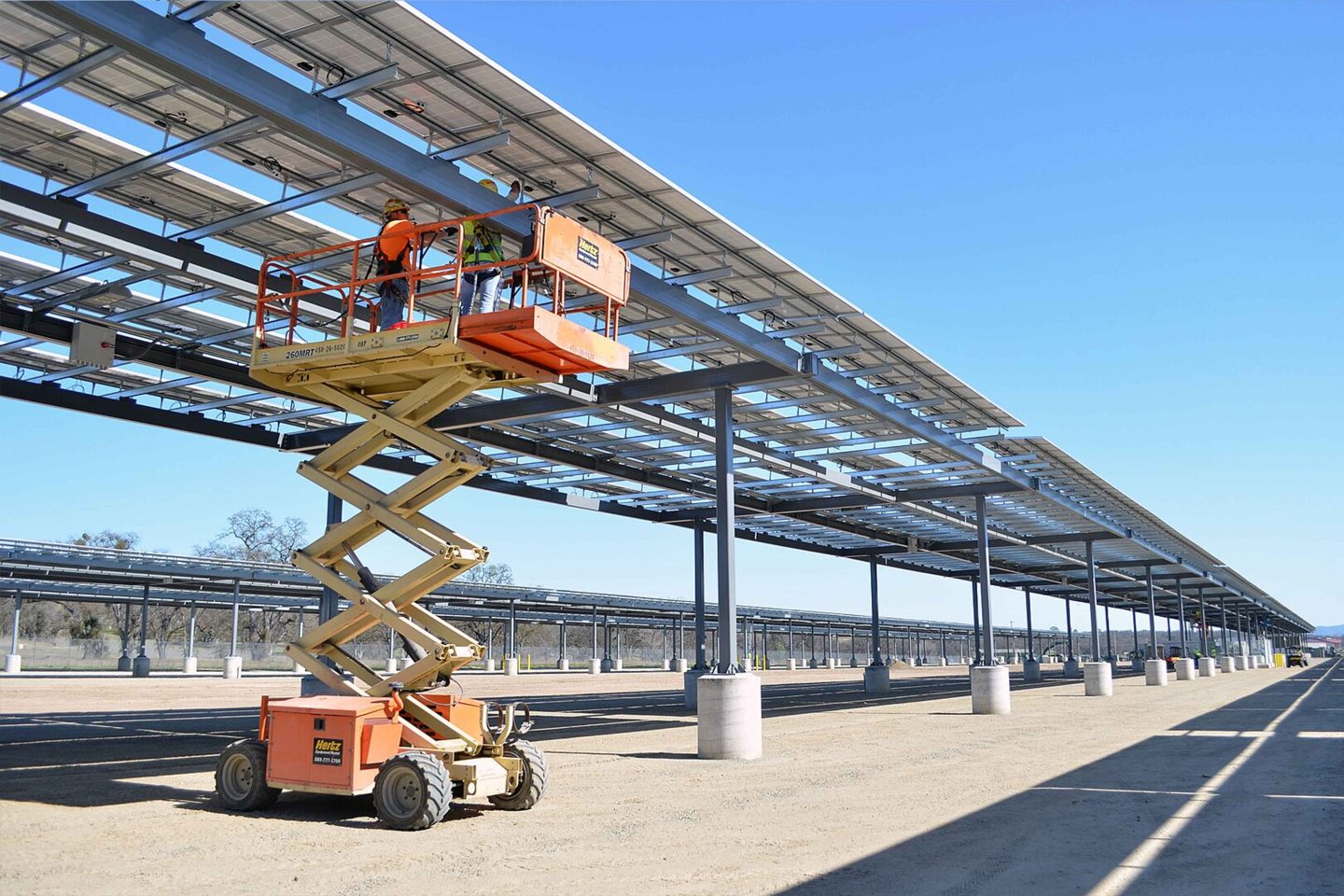Integrated Design of Steel Structure Steel Space Frame and Photovoltaic Power Generation
As the world moves toward more sustainable energy sources, integrating photovoltaic (PV) power generation systems with building structures has become a prominent trend. The combination of steel structures, specifically steel space frames, and solar power systems offers a unique solution to meet both the energy needs and structural demands of modern buildings. This integration, particularly in the form of roof photovoltaic bracket systems, is proving to be an innovative and efficient way to utilize renewable energy while maintaining the structural integrity and design flexibility of buildings.
In this article, we will explore how the integrated design of steel space frames and photovoltaic systems is transforming the construction and energy industries, providing cost savings, sustainability, and structural innovation.
What is Photovoltaic Power Generation?
Photovoltaic power generation refers to the conversion of sunlight into electricity using solar cells, typically made of silicon. These cells are arranged in solar panels, which capture sunlight and convert it into direct current (DC) electricity. This electricity can then be used on-site or fed into the electrical grid.
The combination of solar panels with a roof system provides a dual benefit: the roof protects the building from the elements, while the photovoltaic system generates clean, renewable energy.
Integrated Design: Combining Steel Space Frames with Photovoltaic Systems
Integrating steel space frames with photovoltaic power generation is an innovative approach that benefits both the structure and energy systems of buildings. The design aims to create a seamless integration between the two systems, optimizing performance while maintaining structural integrity. Here are the key aspects of this integrated solution:
a. Roof Photovoltaic Bracket Systems
In the integrated design, steel space frames are used as the supporting structure for the roof, with photovoltaic panels mounted on specially designed bracket systems. The bracket system is crucial because it provides the necessary angles and secure placement for the solar panels. These brackets are designed to be adjustable to accommodate different roof angles and solar panel orientations, ensuring maximum sunlight exposure.
The steel space frame provides a stable and durable foundation for these brackets, ensuring that the solar panels are securely mounted and can withstand environmental factors such as wind, rain, and snow.
b. Load Distribution and Structural Support
One of the main advantages of steel space frames in this integration is their ability to distribute loads efficiently. Steel space frames are particularly well-suited to supporting heavy loads like solar panels, as their triangular or grid-like geometry allows them to spread forces evenly across the structure. This makes them an excellent option for supporting large PV arrays on the roof of buildings.
The space frame’s inherent strength ensures that the system can withstand wind loads and snow accumulation, both of which are critical considerations for the stability of photovoltaic systems. Since the space frame is lightweight but strong, it can also minimize the material costs and construction time associated with traditional roof support structures.
c. Optimized Solar Panel Placement and Orientation
The integrated design allows for precise positioning of the solar panels to optimize their performance. Steel space frames can be designed with customized angles that ensure the solar panels face the sun in the most efficient direction, depending on the geographical location and building orientation. This optimization leads to higher energy yields, maximizing the return on investment in solar technology.
By using a flexible framework, steel space frames allow for adjustable tilt angles for solar panels, which can be changed seasonally to maximize sunlight exposure. This ensures that the building’s roof not only serves as a protective cover but also acts as an efficient solar power generation system.
Benefits of Integrated Steel Space Frame and Photovoltaic Power Generation Systems
The integration of steel space frames with photovoltaic systems offers several advantages, both in terms of energy efficiency and structural performance:
a. Enhanced Sustainability
The most obvious benefit of integrating photovoltaic power generation with steel structures is the reduction in carbon emissions and the promotion of sustainable energy. By generating electricity from the sun, buildings with photovoltaic systems reduce their dependence on fossil fuels and minimize the carbon footprint associated with traditional energy sources.
Moreover, the use of steel, which is highly recyclable, enhances the overall sustainability of the structure. The integrated design encourages the use of renewable energy while utilizing a building material that can be reused at the end of its lifecycle, contributing to a circular economy.
b. Cost Savings and Return on Investment (ROI)
By incorporating solar energy generation into the building’s structure, owners can significantly reduce energy costs over time. While the initial cost of installing photovoltaic systems and steel space frame structures may be higher than traditional construction, the long-term savings on electricity bills and the potential for energy independence make it a financially viable solution.
Additionally, many governments offer incentives, subsidies, and tax breaks for buildings that incorporate renewable energy systems, further enhancing the return on investment.
c. Aesthetic and Functional Design
Steel space frames allow for aesthetic flexibility in the design of the building. With their open, column-free interior spaces, they provide greater design freedom, which is particularly important in commercial buildings, stadiums, or factories. The integration of solar panels into the roof structure does not compromise the aesthetic appearance of the building; in fact, it can enhance the overall design by creating a modern, sustainable look.
Furthermore, the modular nature of both the steel space frame and photovoltaic systems allows for easy expansion or modification of the system as the energy needs of the building grow. This adaptability makes the design future-proof and ready for technological advancements in solar energy.
d. Energy Efficiency and Self-Sufficiency
Buildings with integrated solar power systems can achieve energy independence, meaning they can produce the energy they need without relying on external power grids. This is especially valuable in remote areas or locations with unstable power supplies.
In addition, the roof-mounted photovoltaic system can also serve as a natural insulator, reducing the need for air conditioning or heating in some climates by providing an extra layer of protection from the elements. This thermal insulation reduces the building’s overall energy consumption, further improving its energy efficiency.
Applications of Integrated Steel Space Frame and Photovoltaic Systems
The integration of steel space frames and photovoltaic systems can be applied to a wide range of building types:
Commercial Buildings: Shopping malls, office buildings, and industrial complexes can benefit from this integration by reducing operational costs and contributing to corporate sustainability goals.
Sports Facilities and Stadiums: Large-span structures such as stadiums or sports arenas can take full advantage of the roof space for solar power generation, providing both structural support and renewable energy.
Residential Buildings: Modern homes or eco-homes can integrate solar panels with steel frame structures, reducing their carbon footprint and reliance on grid electricity.
Agricultural Structures: Greenhouses and farms can use steel space frames to support both their physical structure and the solar panels, generating renewable energy for their operations
Conclusion
The integrated design of steel space frames and photovoltaic power generation systems represents a powerful solution for modern buildings. By combining structural strength, energy efficiency, and sustainability, this integration not only reduces the carbon footprint of buildings but also enhances their functional performance.
The ability to combine solar energy generation with the structural integrity of steel space frames makes this design a future-proof and cost-effective choice for new buildings. Whether for commercial, residential, or industrial applications, integrating solar power systems with steel structures is a step forward in building a more sustainable and energy-efficient future.



